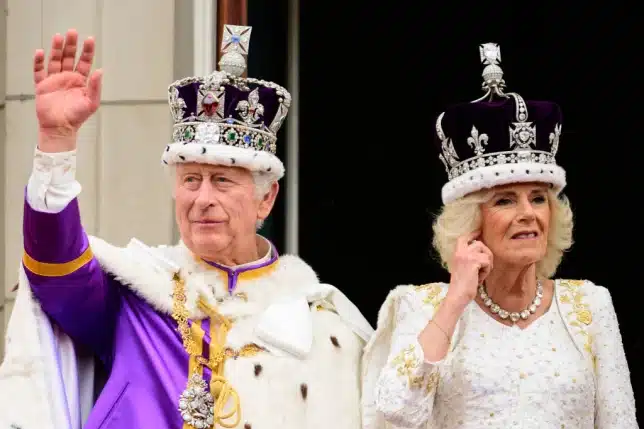Queen Elizabeth had two birthdays, which was a privilege that the rest of us could only imagine. This benefit stood out throughout her 70-year reign.
Her Majesty was born on April 21st, 1926, but every year, in June normally, the summer parade Trooping the Colour served as her “official birthday celebration.”
Will the newly crowned King Charles III continue the custom after his coronation today?
Queen Elizabeth had two birthdays, which was a privilege that the rest of us could only imagine. This benefit stood out throughout her 70-year reign.
Her Majesty was born on April 21st, 1926, but every year, in June normally, the summer parade Trooping the Colour served as her “official birthday celebration.”
Will the newly crowned King Charles III continue the custom after his coronation today?
Will King Charles III have two birthdays?
King Charles will carry on the tradition of Trooping the Colour, which dates all the way back to 1748.
So, as a result, it’s implied he will indeed continue having two birthdays.
The first royal ruler to have two birthday celebrations was the Queen’s distant relative, King George II – who wished to throw a public celebration, with a parade and plenty of pomp and circumstance to mark the occasion of his birthday.
However, having been born in November, the odds on the weather holding out for a huge outdoor bash in the UK were pretty slim.
Instead, the monarch decided to use the UK’s annual military parade held in the summer as his official birthday celebration, meaning that he would mark his birthday twice – once for the public in the summer and once in private in November.
Rather conveniently, our now king’s birthday is also in November – so Charles’ decision to host Trooping the Colour 2023 on June 17 feels more connected to history than ever before.
When it’s eventually time for the nation to have a King William, the tradition of two birthdays might come to an end.
This is because William’s birthday is already in June.

